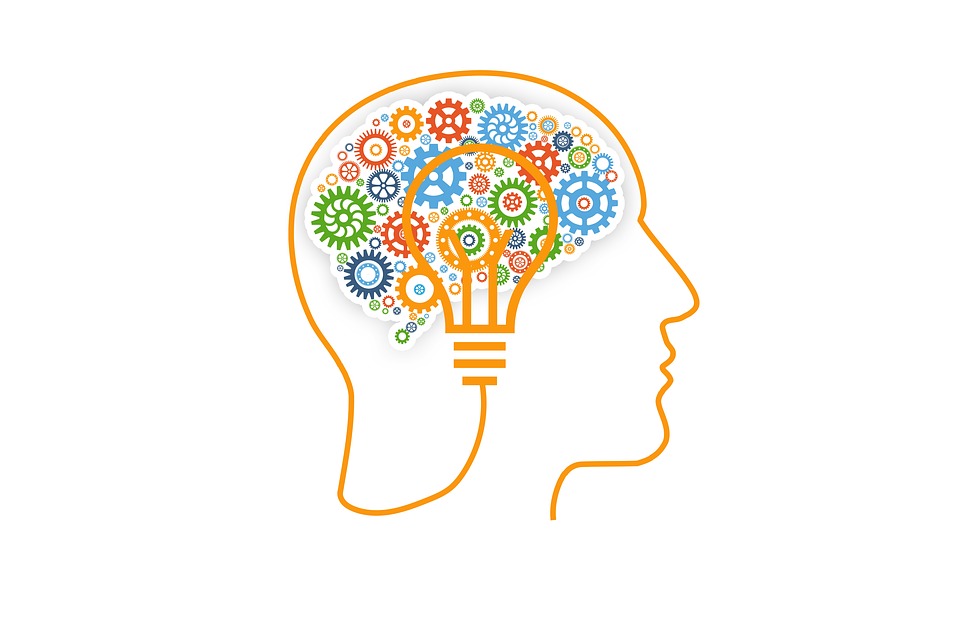Read the full New York Times article here.
[...]
The researchers randomly assigned intravenous ketamine or ECT to 365 patients. Nearly half received ketamine twice a week while the others received ECT three times a week. By the end of the three-week treatment, 55 percent of those in the ketamine group and 41 percent of the patients in the ECT group reported a 50 percent or greater reduction in symptoms.
Six months later, the quality-of-life scores for both groups were similar.
One limitation of the study was that the number of ECT treatments may not have been sufficient because the treatment period was only three weeks, said Dr. Daniel F. Maixner, the ECT program director at Michigan Medicine at the University of Michigan, who was not affiliated with the study.
The study subjects started their course of ECT by receiving electric currents on one side of the brain, which may require 10 or 12 sessions, as opposed to the nine used in the study, he added.
“If there’s more improvement to be had, you continue,” Dr. Maixner said.
[...]
Dr. Maixner, at Michigan Medicine, said that research suggests that intravenous ketamine, which he has also used to treat patients, may have some emerging and strong benefits for hard-to-treat depression, which “gives people options.”





